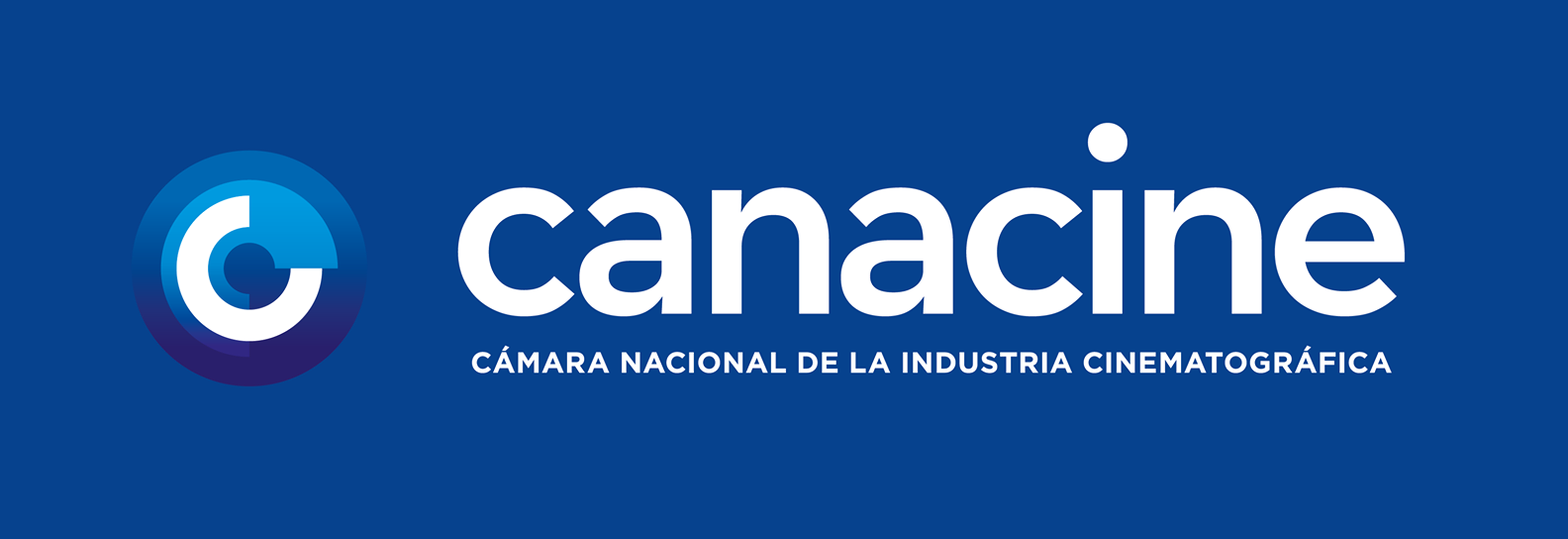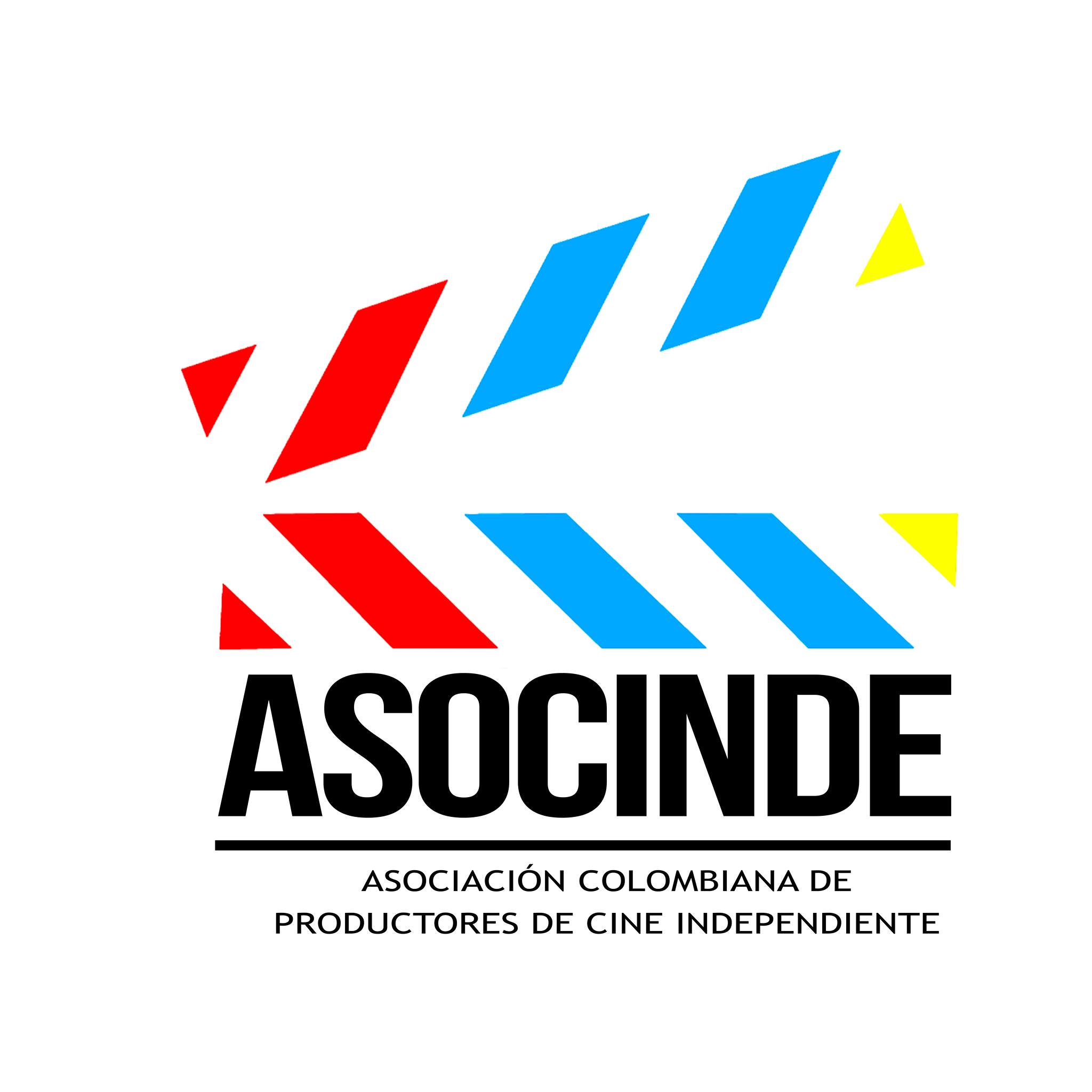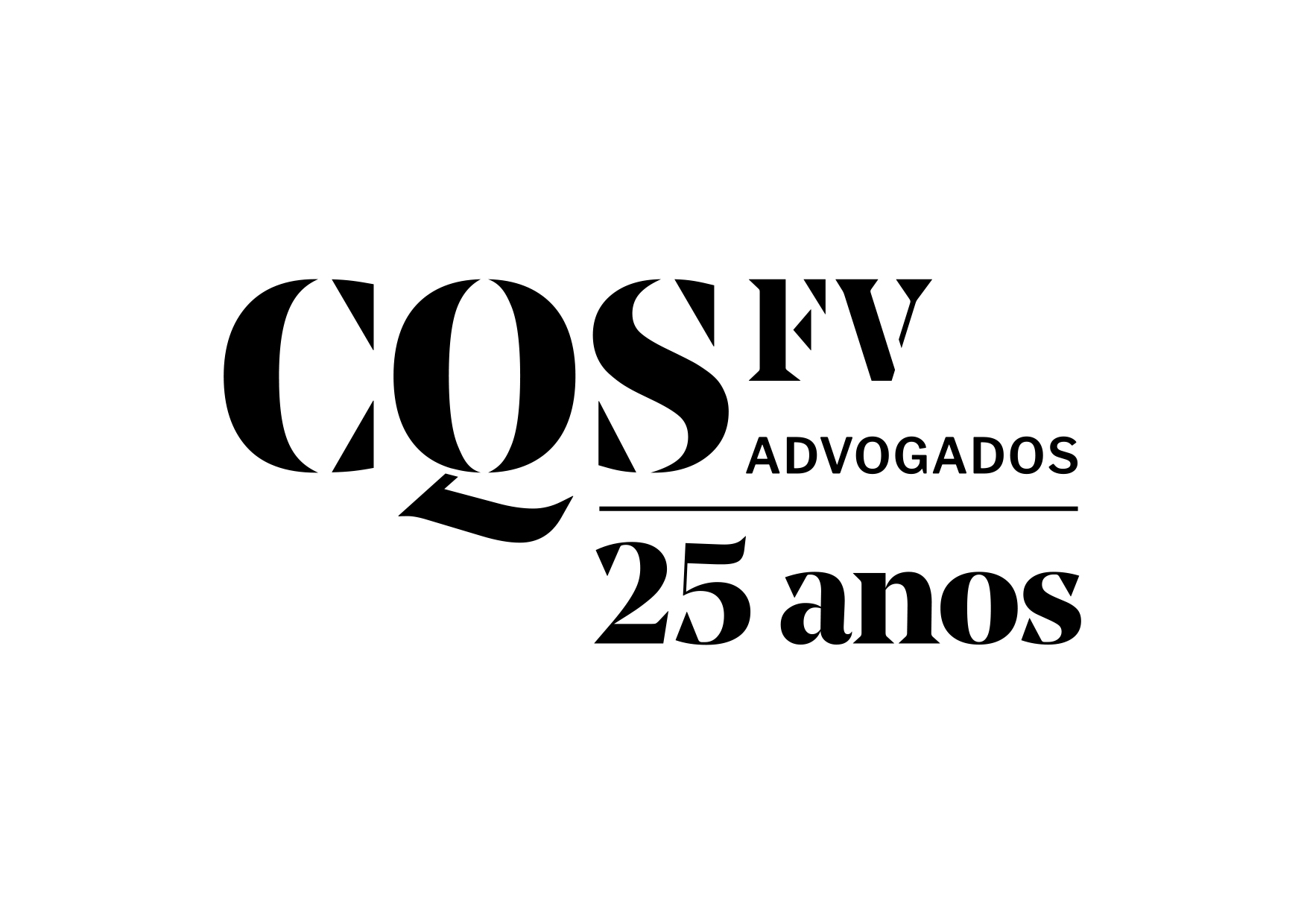In his new article, published on August 24th in the “Portal Exibidor,” Steve Solot, LATC President, and Associate for Latin America, Olsberg•SPI, addresses the dramatic need for a skilled professional workforce to meet the growing demand for audiovisual content production in Latin America.
The weak link in the audiovisual production chain: Training of below-the-line workforce in Latin America*
By Steve Solot
In recent years, there has been a growing search for highly qualified technical production and post-production teams to meet the demand for audiovisual content production generated by streaming services, as well as traditional production. However, in all Latin American countries, there is a general lack of qualified technical crew to meet these demands. With the pandemic, many productions were paused, but the industry projects a rapid growth recovery, and an even greater demand for audiovisual content, and consequently, a greater demand for qualified below-the-line technical professionals.
The industry context
In 2019, global spending on audiovisual content production reached a new record of U$177 billion, and full-time jobs in the industry, driven by production, reached 14 million. According to PricewaterhouseCoopers (PwC) in its annual publication “Global Entertainment & Media Outlook”, while the global theatrical segment is facing a slow return to pre-pandemic levels, projected streaming, or OTT spending levels (subscription and transactional video), will reach US$94 billion by the end of 2025, an increase of 60%. Currently, in Latin America alone, there are 494 streaming platforms (Whip Media 3/2021), 47 of which are in Brazil.
Investment in training of below-the-line technical professionals
Faced with this unprecedented demand, in addition to the anticipated sustainable growth of the audiovisual industry, and interest in seizing the opportunities created by the boom, many countries are investing in training and updating their creative industry workforces. As demonstrated by the Olsberg SPI technical study, “Best Practices in Screen Sector Development” (9/2019), skilled labor is one of the four basic pillars of a robust audiovisual industry, with the other three pillars being: incentives, infrastructure and services, and a film-friendly environment. Many governments have understood the value of the audiovisual industry for economic growth in their countries due to its impact on other economic sectors. Also, according to Olsberg SPI, on average, 67% of audiovisual production spending reaches sectors outside the industry (“Global audiovisual production: the impact of film and television production on the economic recovery after COVID-19”, Olsberg SPI, June 2020). In other words, the audiovisual industry has a significant positive impact beyond its sector, for the economy as a whole.
The European model
In Europe, under the umbrella of the Creative Europe Media program, most countries have their own advanced training programs, such as ScreenSkills in the UK, aimed at “Economic recovery and future innovation and growth in all nations and regions, investing in the skilled and inclusive workforce that are essential to the global success of UK industry”.
A Brazilian example
With 213 participants from all regions of Brazil, the free masterclasses series for professionals in the technical areas of the Brazilian audiovisual industry was held remotely from February 1st to 12th. The non-profit program was organized by the Latin American Training Center-LATC, in partnership with the Interstate Union of Film and Audiovisual Industry Workers -STIC, and ABC Cursos de Cinema, with institutional support from the SICAV, BRAVI and the RioFilm. The program focused on the main stages of the audiovisual production chain (pre-production, production and post-production), and was conducted by renowned industry professionals. The selection of topics for the following masterclasses was based on current market needs, and was supervised by Affonso Beato, ASC, ABC, and coordinated by Keila Borges.
- Assistant Director: Building success in filmmaking step by step– Rubens Shinkai
- The Art of Art Direction – Emily Pirmez
- The importance of continuity and digital challenges on the film set – Mara Cecília Maciel
- The role of TID/GMA: Challenges of digital imaging, from set to post-production – Matheus Cury
- The view and the camera: How to thrill and involve the framing in cinema – Carlos Ebert, ABC
- Production with virtual sets – Is it really necessary to reinvent yourself? – Hugo Gurgel
- Trends in editing for new media – Luiz Velho, Phd
- HDR: What changes, from pre to postproduction? –José Francisco da Silva Neto, ABC (Chiquinho)
- Visual effects in Brazil: How to achieve excellence? – Lucia Modesto
In addition to Brazil, LATC has completed similar programs in Argentina and Colombia, and other programs are scheduled by the end of the year for Bolivia, Ecuador, and Peru, for Central America and the Caribbean, and for Mexico, all of which have institutional support from local associations and unions.
Public policy planning for technical training should focus on the following steps:
- Coordination with industry to identify specific needs.
- The creation, development, and announcement of (below-the-line) technical courses covering the production of all audiovisual content formats (films, TV, animation, games and VFX), for all levels, from interns and beginners to experienced professionals seeking recycling and/or upskilling in their area.
- Financing for cycles of masterclasses, courses and technical training workshops, on a continuous basis.
- Support for a variety of professional training initiatives on the job, such as internships, part-time contracts by production companies, and “shadowing” (observation and accompaniment of professional activities in the workplace).
Now is the time
It is clear that with the boom in demand for audiovisual content, and the forecast for even greater growth, there is a window of opportunity to prepare and train technical crews. Will the Brazilian industry (public and private sectors) mobilize to take advantage of these opportunities?
Originally published in Portuguese in: Portal Exibidor.












